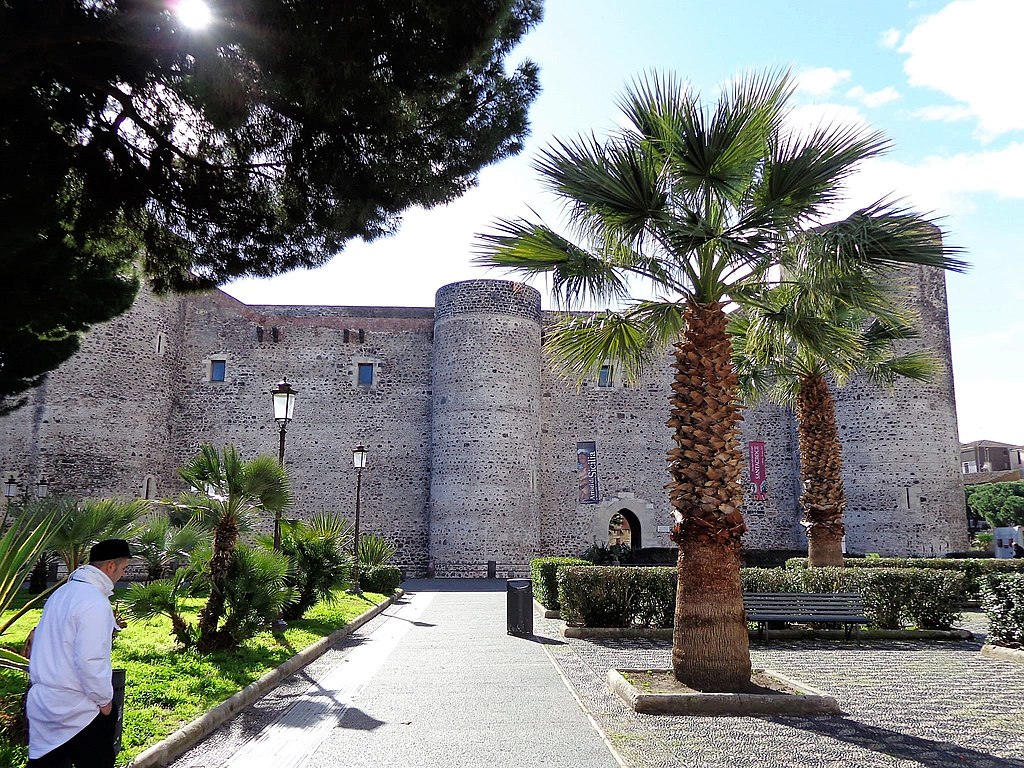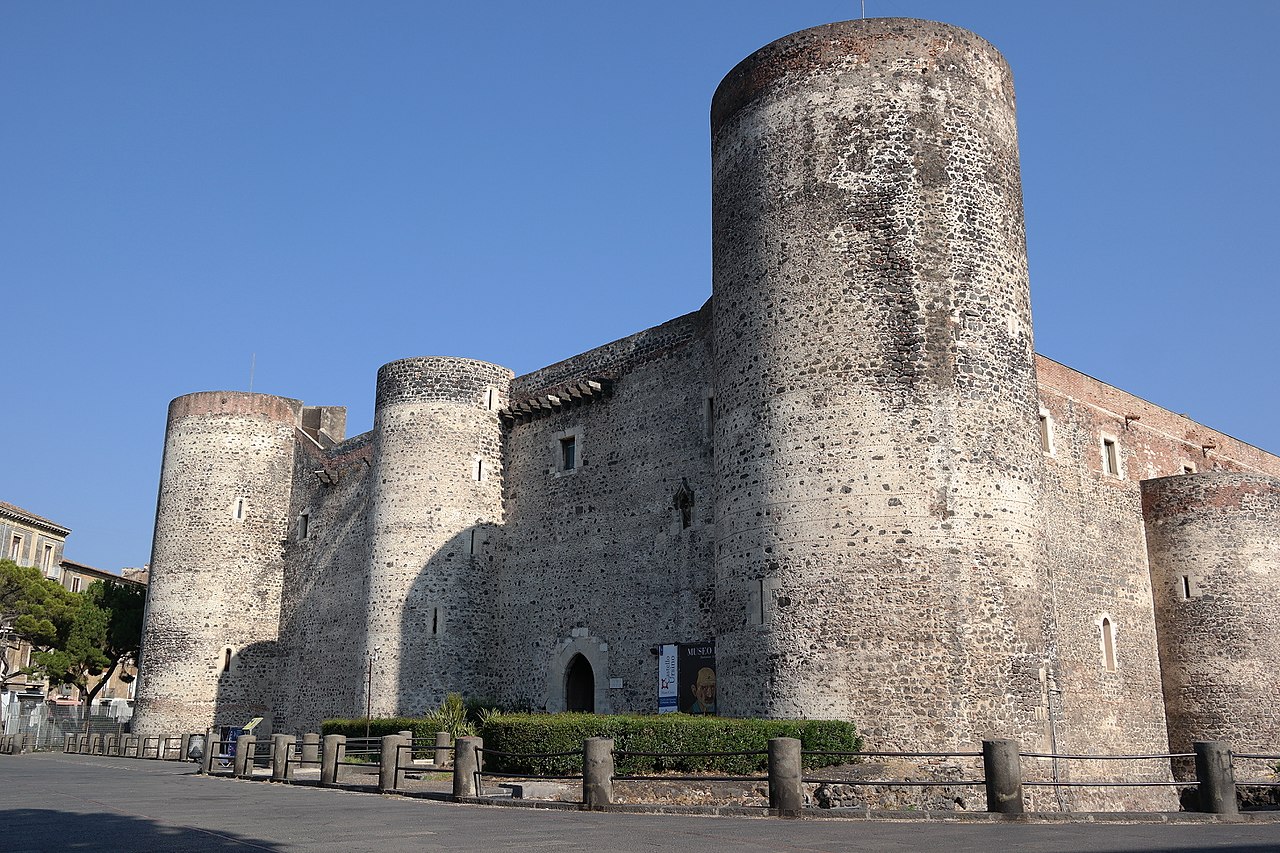Puberty
The new lords doubted the fidelity of the population, who in terms of language and culture oscillated between Greek-Byzantine and Saracen; not to mention the sizeable Jewish community existing in Catania. Nor did greater confidence inspire the Church hierarchy, insofar as it might have survived Arab domination. As for other parts of Sicily, Roger preferred to create an entirely new civil and ecclesiastical structure, entrusting the direction of religious evangelization and civil reorganization to the Benedictine monks. Catania thus lost its freedom and was entrusted to Ansgerio, former abbot of S. Eufemia. He was also appointed abbot of the Benedictine Abbey of S. Agata, and bishop of a very large diocese (from Mascali to Enna and Piazza Armerina). This configuration of power, with the reunion of the three offices – all supported by rich income – will long be a determining element in the history of the city. At the same time, after 1078, the Cathedral of St.Agatha began to be built, in the style of a church-fortress, with mighty walls and towers, close to the coast in order to control the port.

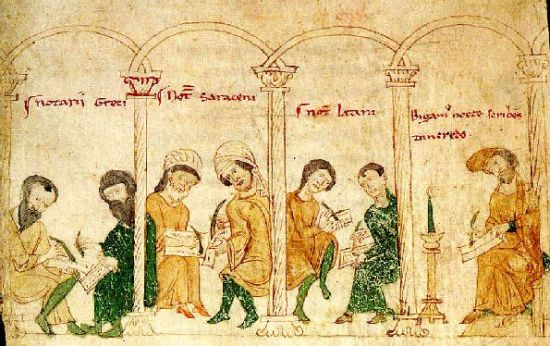
In 1127 Roger II who already ruled Sicily becomes the Duke of Apulia and Calabria after the death of his cousin William II. That would create a union of the whole south of Italy that would become known as the Kingdom of Sicily with Roger II as it first king and Palermo as its capital. Up until his death he would fight to consolidate his new kingdom against the wishes of Pope Innocent II, Emperor Lothair III, the Byzantine Empire and various local barons. After 1140 he would reap the benefits of his efforts. His kingdom thrived and even spread to the northern coast of Africa. When he died in 1154 his son William I of Sicily and grandson William II would continue his legacy but then a succession crisis followed that made the Holy Roman Emperor Henry VI and then Frederick II the heirs to the kingdom, in essence putting Sicily under the direct rule of the Hohenstaufen dynasty.
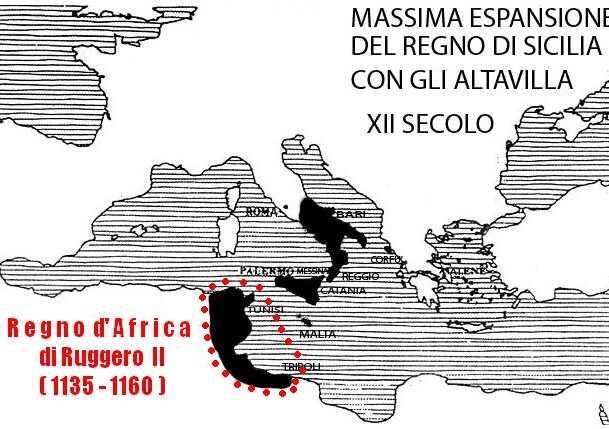
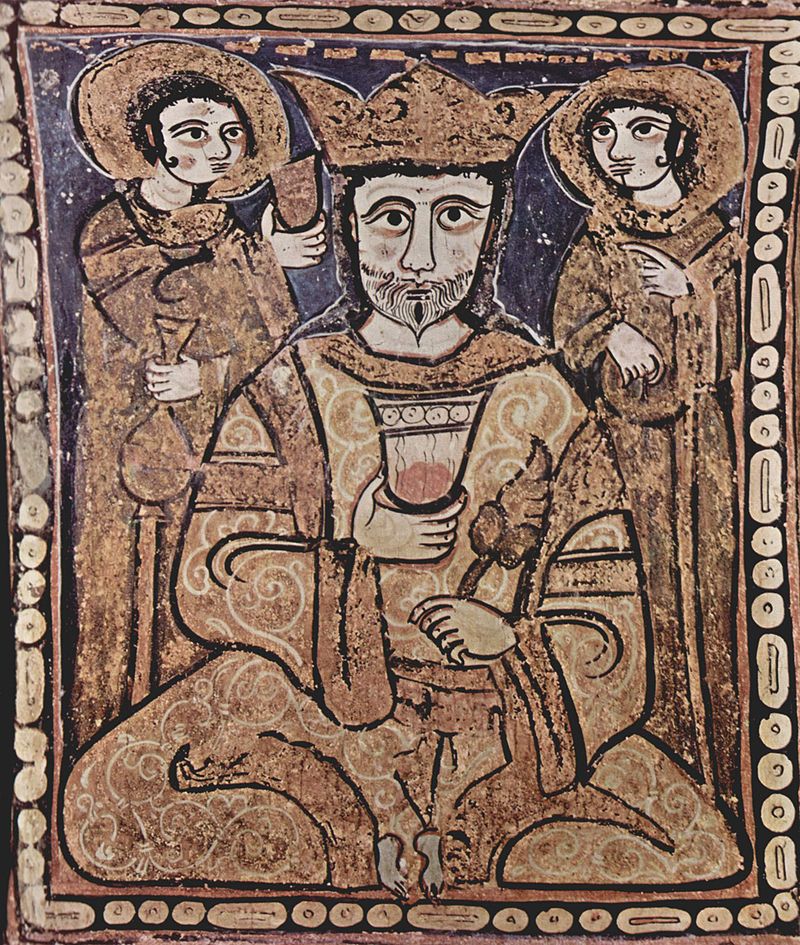

Catania remained a feudal city for almost one hundred and fifty years, enough time to develop a relatively autonomous urban class of merchants and artisans. We don’t know much about the whole process; it probably wasn’t easy, more so because the city was almost completely destroyed by a terrible earthquake in 1169 that devastated much of eastern Sicily. A probably exaggerated figure of ten to fifteen thousand dead is often quoted with some sources raising the number to 25,000. Among the many who perished the bishop of the city Giovanni Aiello with a multitude of people who were found in the ruins of the collapsed Cathedral where the feast of S.Agatha was celebrated in the time of the earthquake. Catania must have quickly reached a good degree of vitality, however, because just thirty years after the earthquake, in full fervor of reconstruction, we find it siding with the last heirs of Roger I in the rebellion against Henry VI, the son of Emperor Barbarossa.


The punishment by the imperial troops was terrible and the chronicles speak of the “destruction” of the city; the Cathedral was set on fire, with the probable loss of the capitular archive and part of the treasury. Catania also rose up against Frederick II in 1232, undergoing a second devastating sack. To guard it, Frederick started the construction of the Ursino Castle, a powerful pawn in a system of fortifications from Messina to Enna to Syracuse that served to keep eastern Sicily in check. Under Frederick II, however, the city freed itself from the feudal jurisdiction of the bishop-abbot, becoming a royal city (state property); and in 1240, together with Castrogiovanni and Piazza Armerina, other important centers of the episcopal diocese, it was recognized as a Municipality and invited to elect representatives to Parliament.
